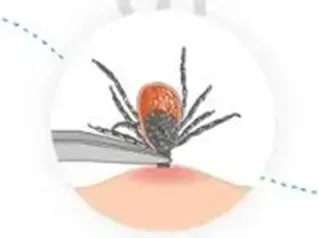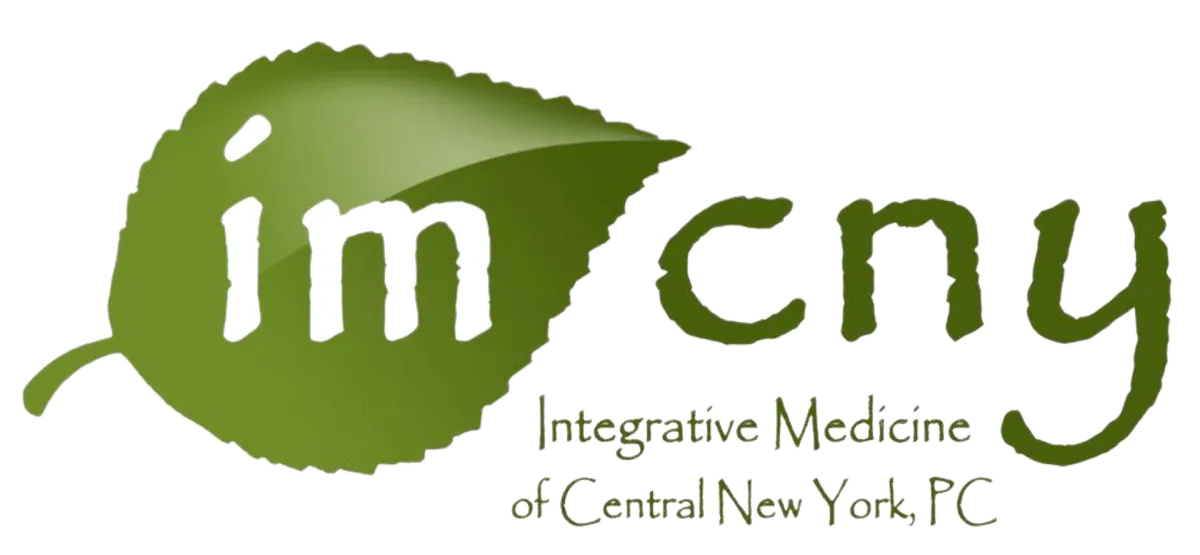Press
IM of CNY in the News

I Was Bitten By a Tick…What Do I Do??
Per ILADS (International Lyme and Associated Diseases Society) recommendation, if the tick is visibly attached you should remove the tick. Do not mishandle the tick by squeezing it, putting Vaseline over it, or holding a hot match to it, as this may increase the chance of transmitting disease!
Instead, the tick should be removed with fine-pointed tweezers or a special tick removal device such as a tick scoop or key. Using the tweezers, grasp it from the side where it meets the skin, and, using steady gentle pressure, gently pull in the opposite direction from which it is embedded, until the tick is released. Expect to see the skin “tent” as you gently pull. Place the tick in a lidded container or zip-lock bag. Wash and disinfect the bite site, your hands, and your tweezers. Avoid handling the tick. Immediately, send the tick for analysis, but if you cannot send it right away, you can freeze it.
If you use a tick removal device like a tick scoop or tick key, follow the directions given on the package for safe and effective use.
The longer a tick is attached, the higher the risk of transmission of Lyme disease or coinfectors (other organisms). Although Lyme disease is not commonly transmitted when ticks are attached for less than 24 hours, the risk of Lyme disease posed by those bites is not zero. There may be other factors that contribute to disease transmission in short duration attachments. In addition, there are other disease-causing bacteria and viruses carried by black-legged ticks that are known to be transmitted in less than 24 hours.
ILADS recommends immediately contacting your health care provider. Immediate preventative antibiotic treatment can prevent Lyme disease or diseases related to coinfectors. A Lyme-related rash may or may not be present.
The onset of Lyme disease symptoms can be overlooked or mistaken for other illnesses. Once symptoms are more evident, the disease may have already entered the central nervous system and could be hard to cure. Immediate care may prevent this from happening.
ILADS recommends saving the tick to send it and having it tested for Borrelia burgdorferi (the bacterium that causes Lyme) and other tick-borne pathogens.
Here is a list of places IM of CNY suggests sending your tick to for testing:
Connecticut Vet Medical Diagnostic Lab
Dept of Pathobiology & Vet Science
61 North Eagleville Road, U-3089, Stores, CT, 06269-3089
Ph: 860-486-3738 – Email: [email protected]
Important Info:
** Please go to their website: www.cvmdl.uconn.edu; go to Submission Forms to find the tick testing form;
directions on how to send the tick are on the 2nd page of that tick testing form.
** The fees are found on their website under the Tests & Fee
Laboratory of Medical Zoology
Fernald Hall, Univ of Massachusetts
Amherst, MA 01003
Email: [email protected]
Important Info:
** For Pricing and Test Types go to Https://www.tickreport.com/pricing
TickCheck Tick Testing, LLC
East Stroudsburg University Innovation Center
562 Independence Road, East Stroudsburg, PA 18301
** Please visit their website for the testing options and pricing
ECO Laboratory
One Acton Place, Ste 102
Acton, MASS 01720
Ph: 978-274-2943
** Please visit their website for testing options and pricing
** Note: They do NOT test for Bartonella and some other co-infectors
Tips and Tricks on sending your ticks to be tested:
· The best way to ship a tick to a lab is to put the intact tick (dead/alive) in a Ziplock bag with a piece of
moist tissue paper or grass. Make sure there is air in the bag so that during shipping the tick does not get crushed.
· Intact ticks can be stored in a Ziplock bag and frozen until you have a moment to send them in for
testing.
· This is a useful source of information: www.tickencounter.org
Reference:
Are you searching for financing options to cover your medical treatments and procedures? Consider applying for the Advance Care Card.

Subscribe to Our
Newsletter and Updates
LOCATION
1386 State Route 5 West Suite 203
Chittenango, NY 13037
OFFICE HOURS
Monday: 8 am - 4 pm
Tuesday: 8 am - 4:30 pm
Wednesday: 8 am - 5 pm
Thursday: 8 am - 4:30 pm





